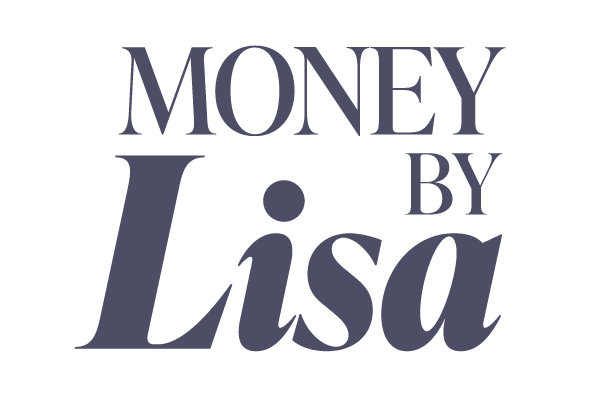Improve Your Spending App-titude (Sorry!)
Full disclosure: I am ambivalent about the plethora of budgeting apps available that automatically track and categorize your spending. To be clear, I am not a technophobe. For many people, using an app that easily displays their spending habits is key to feeling a sense of control over their financial life. But I 100% believe that merely passively tracking your spending does not, in and of itself, constitute “budgeting.” And here is a new reason why that you may not be familiar with…
There was a study from the University of Arizona a few years ago that looked at how research subjects’ spending behavior was changed by using a budget app to track their spending against their budget goals. Bottom line: folks spent more! Crazy, right?
As it turns out, when you decide up front that you will spend $600 on groceries this month, and every day you chart your spending to that “goal,” you will spend…$600 on groceries. Knowing what your limit is and checking in on that limit frequently gave users permission to spend right up to the limit. Because, you know, “the budget” said that they could. Non-app users who were less vigilant about checking their daily totals actually did better because they weren’t quite sure how close they were to the guardrail, so they were more conservative in their spending.
The other thing that researchers noticed was that if you set spending limits for a whole bunch of narrow, precise categories — not just gas and groceries, but gas, groceries, take-out, dine-in, delivery, pet food, massages, and I could go on and on — users tended to juggle between them. That is, they would rationalize over-spending on “take-out” on the theory that they would make up the difference by underspending on “delivery.” But, of course, that usually didn’t happen.
If using an app to track your spending is your jam, I’m not here to talk you out of it. I am here to tell you how to make it work for you, based on research:
Shorten the time frame for tracking. Instead of “I will spend $600 this month on groceries,” your budget goal should be, “I will spend $150 this week on groceries.” What researchers found was that this lessened the tendency to race to the finish line in the latter part of the month to make sure that you didn’t have any “leftover.” The researchers suggested that app users remind themselves that they can roll over the unspent weekly balance to the next week. But I’ll go you one better: At the end of the week when you see that you only spent $140, immediately move that extra $10 to savings.
Set up broader categories. Instead of separate line items for groceries, take-out, delivery, and restaurant dining-in, consider having just two categories: “Food I Cooked” and “Food I Did Not Cook.” Or maybe just “Food.” The idea is to lessen your ability to trade off spending between categories.
I know, I know…I always say that “knowledge is power.” But let me add that sometimes, a little knowledge is a dangerous thing.
(Hey, I’d love to be in touch regularly. My free newsletter contains this blog, as well as other articles written by myself and others. Please consider subscribing by visiting the MoneyByLisa home page.)
